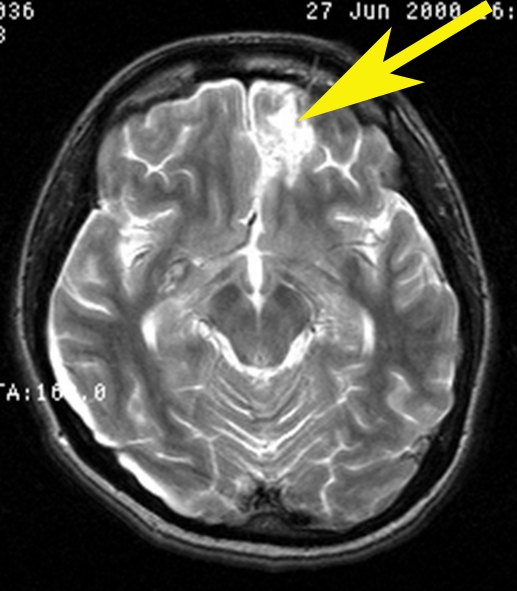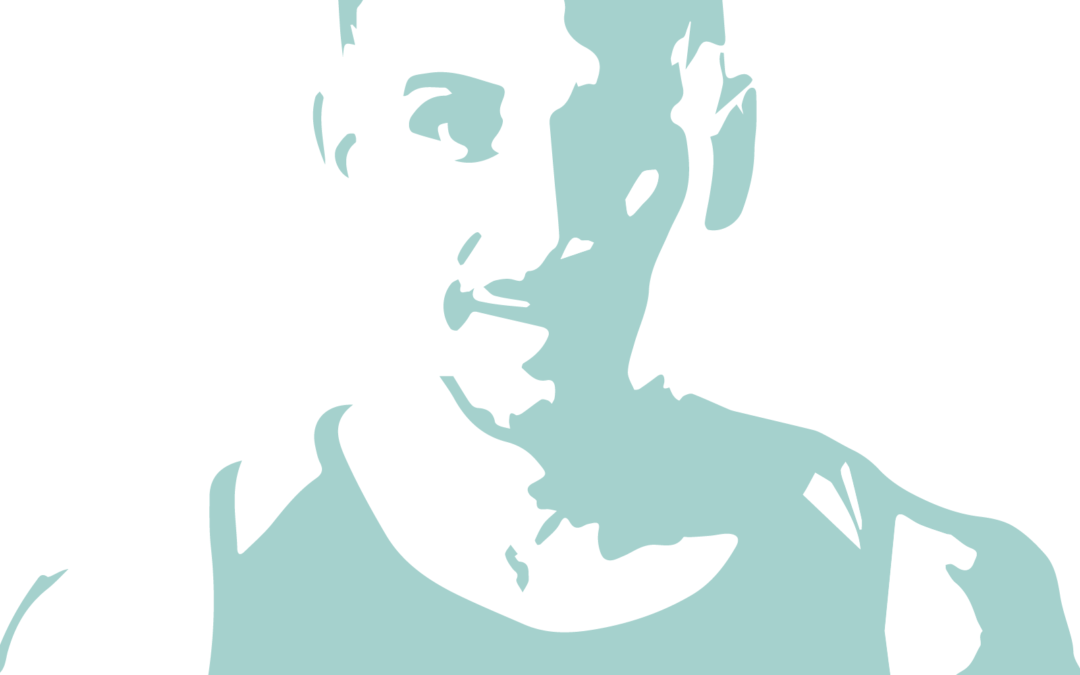While head injuries that result in brain trauma also occur in many other sports, the elevated risk in boxing is obvious. Professional boxers deliver punches with such force that a direct blow to the head can cause all kinds of damage, from cuts and bruises to detached retinas, broken bones and brain trauma. When the brain is injured, whether from a single impact or the cumulative effect of many, the results can be devastating, leading to permanent cognitive impairment or even death.
Unfortunately, serious damage to boxers’ brains is often only spotted when it is too late. For this reason, several boxing organisations, such as the British Boxing Board of Control, have made MRI examinations mandatory for fighters, to keep check on their brain health.
Promising amateur boxer Richie Hadlow was prevented from taking part in his first professional fight in December 2018 after a brain aneurysm was found during a pre-fight MRI examination, required by the company staging the event. Although Hadlow’s aneurysm was the result of a training accident rather than an actual fight, the fact that it was spotted could well have saved his life. You can read more about Hadlow’s experience here.
When a serious head injury occurs in any sport, medical imaging is strongly advised in order to check for physical damage to the brain. In many cases, CT is used as a first step, due to the speed of the examination and its ability to show, bleeding, swelling and fractures. After that, MRI is usually used to depict the finer structures of the brain and the possible later consequences after trauma.
This MRI image of the head shows the exact region of damage in the brain, with oedema (accumulation of fluid) and haemorrhage (blood) showing up in white (arrow).

Note: image is an example – not that of the athlete named above.
Neuroradiologists are the experts who analyse the images of the brain and provide a report that determines the course of the patient’s recovery.
For more information about traumatic brain injuries, click here.
